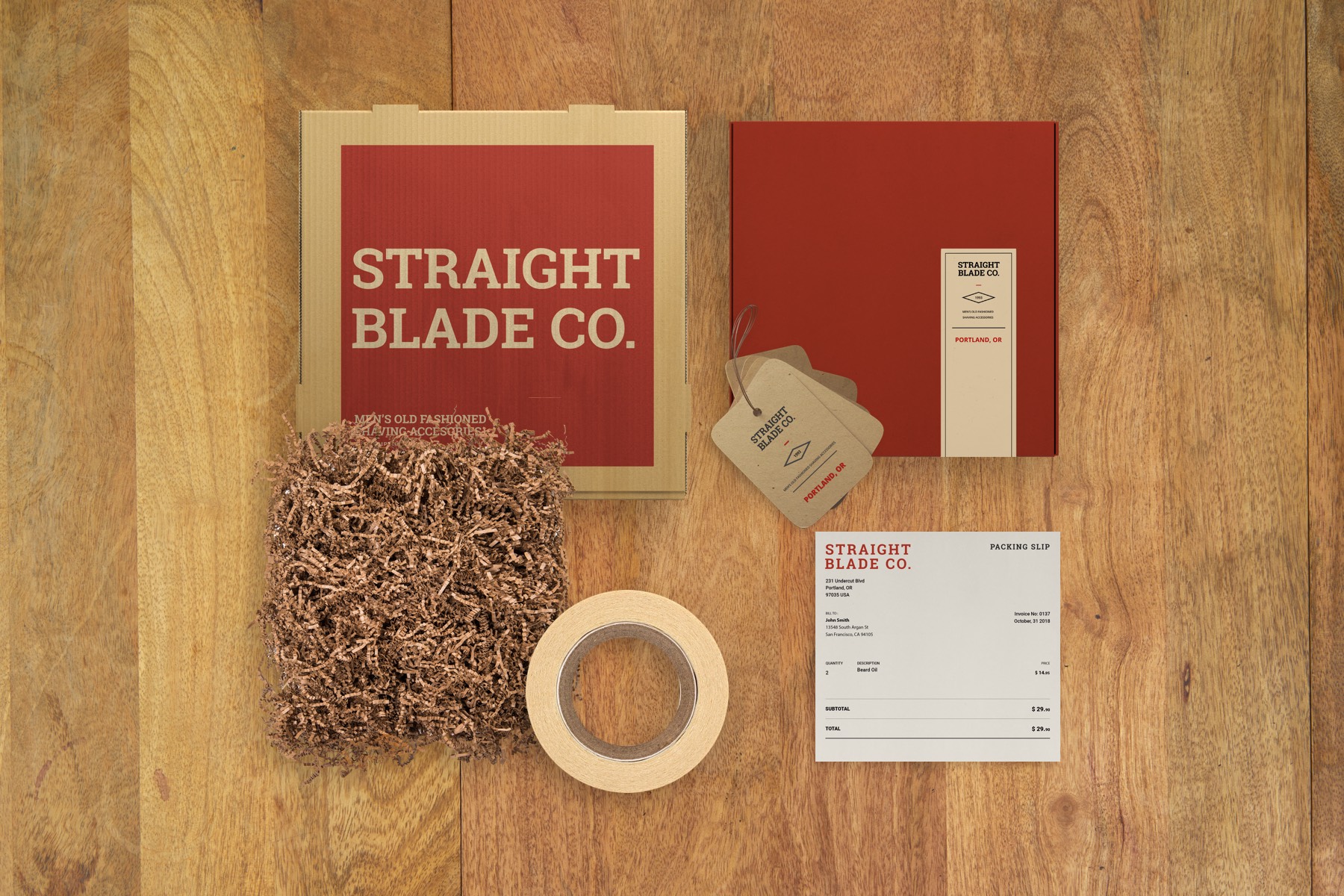Chapter 3
The Seven Elements of Packaging

There’s no right solution for packaging and, like everything in a business, the choice relies on what kind of resources you have and where you want to allocate them. But by understanding your options, and the different elements that go into packaging, you can find the right combination of elements that works best for your budget and constraints.
Outer Box - The standard is a “corrugated” box, meaning that there are multiple layers of cardboard to protect products when they’re shipped. If it’s a foldable box —so you can close it without tape — this is usually called a mailer. Less fragile items, like t-shirts, sometimes use poly-bags. Adding branding to either of these will usually be expensive and often requires a high minimum order quantity (MOQ).
Container - The box or poly bag your product lives in. This is usually your best opportunity to add branding elements as the unit cost and MOQs are usually less than they are on outer boxes. Plus, unless your product isn’t very fragile, you’re likely not shipping your product in its container — so there’s less of a chance your branded packaging is damaged in transit.
Filler - You need something to keep your product protected. Bubble wrap or air pillows are the most economical options, though they require large orders to customize. Tissue paper or packing paper are easy and relatively inexpensive ways to create an impact — whether you add branding or just choose one of your brand’s colors. Avoid packing peanuts or other messy forms of packaging — they are objectively annoying.
Stickers & Sleeves - Consider adding either a simple sticker or a sleeve to add branding to your container. These will generally have lower minimum orders, cost less, and have lower plate fees than more elaborate custom items — and if you have multiple SKUs that are the same size, you can order a higher quantity of stock boxes and differentiate with stickers and sleeves. Sleeves are more complex than stickers but usually have a bigger impact. If you go this route, you’ll want to use a standard outer box to protect your sticker or sleeve from damage.
Tape - Standard clear packaging tape is the most common type of tape for obvious reasons, but there are other options to consider when picking out a tape (and tape dispenser.) Reinforced paper tape is a simple, effective, and attractive way to add branding to your outerbox at a relatively low cost and low MOQ. If you want to add your logo to your package when you’re just starting out, this a quick and easy way to start. The downside — most paper tape is water activated, which means that tape dispensers can be bulky and messy!
Receipt or Insert - Everything you send the customer has an opportunity to make an impact — and invoices, or custom inserts, are no different! Consider including pictures, a call to action (like a hashtag), discount codes, or inspirational quotes on receipts and inserts. If you can, include handwritten notes, put your receipts in personally addressed envelopes, print them on fancy paper, or design your receipts or inserts to be as beautiful as your product. This is the easiest and cheapest way to make an impact and attract customers to your brand.
Other methods - There are additional creative and low cost ways to add branding to your package. Custom rubber stamps are extremely cheap and can make branding easy — same goes for items like branded washi tape. If you’re just starting out, something small that adds your brand to any packaging can go along way — especially if it’s a personal touch that customers will appreciate.